Introduction to Auschwitz-Birkenau Guided Tours from Krakow
Visiting Auschwitz-Birkenau from Krakow offers a deeply moving opportunity to learn about one of history’s most significant sites. Guided tours allow us to approach this place of remembrance with context, respect, and understanding. Many travelers choose to join structured tours to gain expert insight and make the most of their visit to this somber memorial.
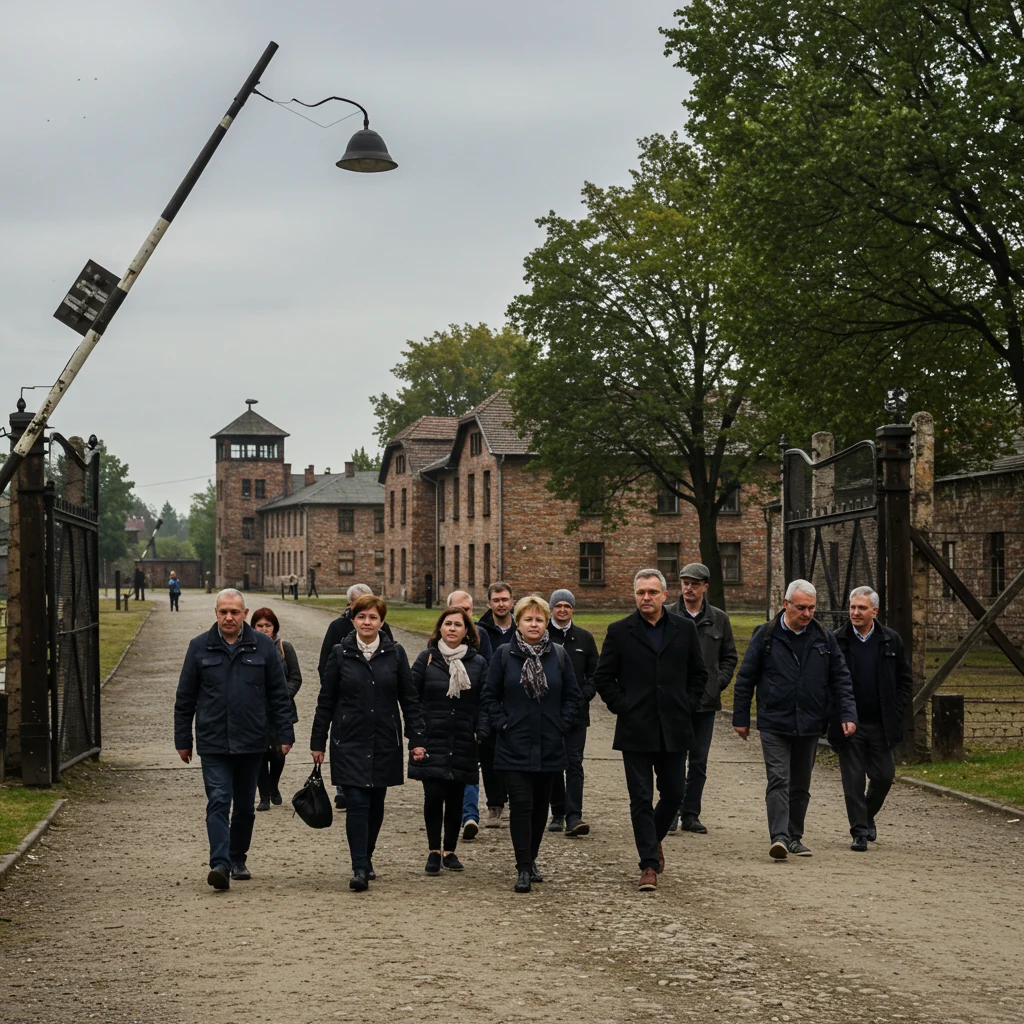
Throughout this article, we will address everything you need to know about planning a complete guided visit to Auschwitz-Birkenau from Krakow, including practical tips, emotional preparation, and booking guidance.
Why Visit Auschwitz-Birkenau?
A visit to Auschwitz-Birkenau is a powerful educational experience, offering a direct connection to the tragic events of the Holocaust. Many travelers feel a moral responsibility to witness this site and honor the memory of its victims, while also learning valuable lessons about history and humanity.
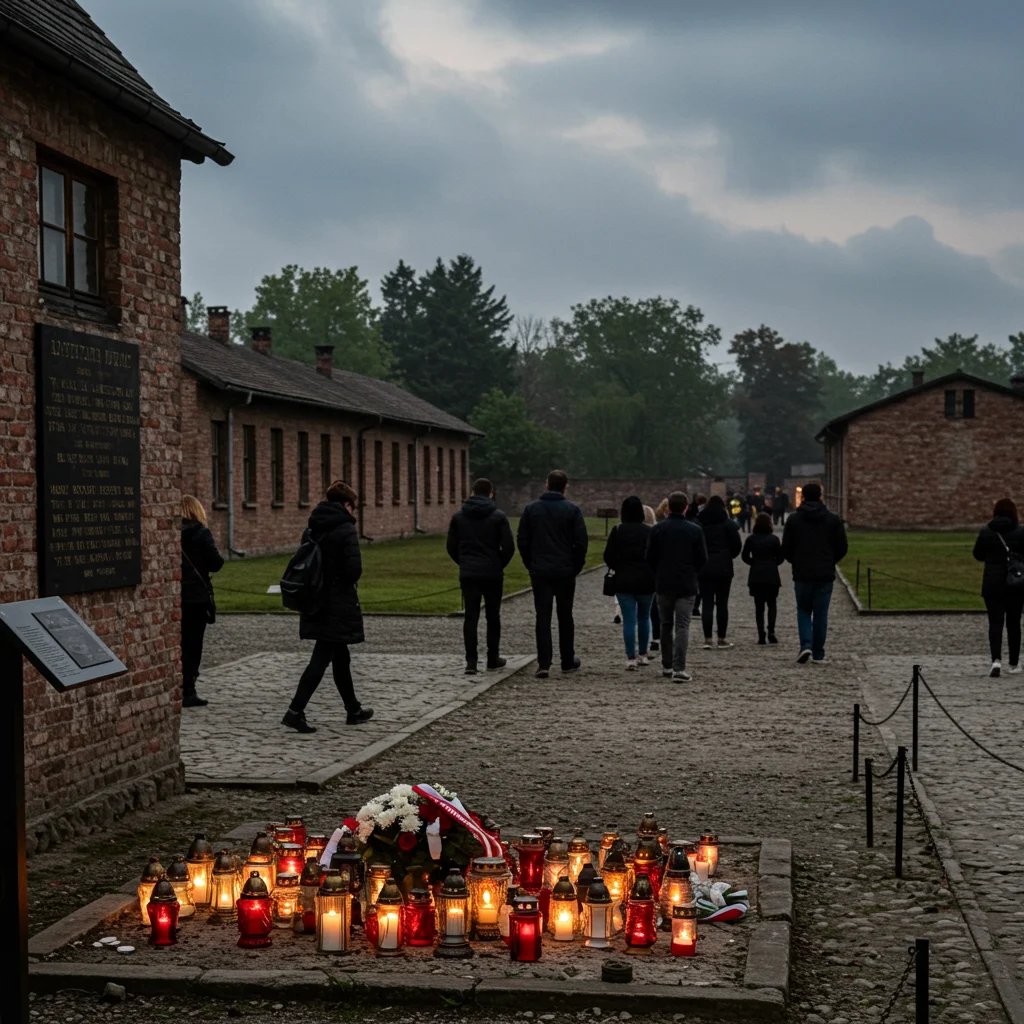
What Is Auschwitz-Birkenau?
Auschwitz-Birkenau refers to the largest of the Nazi concentration and extermination camps, located near the town of Oświęcim in southern Poland. This complex consisted of Auschwitz I (the main camp) and Auschwitz II-Birkenau (the extermination camp), where more than 1.1 million people were murdered during World War II. Today, it stands as a UNESCO World Heritage Site and a vital place of remembrance.
Historical Significance of Auschwitz-Birkenau
The historical weight of Auschwitz-Birkenau is unparalleled. The site bears witness to the atrocities committed during the Holocaust, serving as a stark reminder of the consequences of hatred and intolerance. Its preservation ensures that future generations can learn from the past and commit to preventing such tragedies from recurring.
Why Take a Guided Tour from Krakow?
Engaging in a guided tour from Krakow provides structure, expert interpretation, and logistical support. Guides share crucial historical context and personal stories, helping us grasp the magnitude of what happened here. For those seeking a seamless experience, many tours arrange transportation, entry tickets, and a knowledgeable guide, making the process efficient and meaningful.
To understand how a guided experience can deepen your visit, we covered the benefits in our post about essential Krakow guided tours to Auschwitz-Birkenau.
Planning Your Visit: Essential Information
Preparation is key to making your visit to Auschwitz-Birkenau impactful and respectful. Understanding logistics and visitor guidelines ensures a smooth experience.

How Far Is Auschwitz from Krakow?
Auschwitz-Birkenau is situated roughly 70 kilometers (43 miles) west of Krakow. Depending on traffic and transport mode, the journey typically takes between 1.5 and 2 hours each way, making it a feasible day trip from the city.
Best Time to Visit Auschwitz-Birkenau
The site is open year-round, but the atmosphere changes with the seasons. Many visitors find the starkness of winter or the quiet of early spring and late autumn especially contemplative. Summer brings longer daylight hours but also larger crowds. We recommend booking early morning or late afternoon tours for a more reflective and less crowded experience.
How Long Does a Tour Take?
Most guided tours last between 3.5 and 4 hours on site, with additional time for transportation from Krakow. Expect a full-day commitment, often totaling 6 to 8 hours including transfers, breaks, and orientation.
Age Restrictions and Visitor Guidelines
While there are no strict age minimums, the museum advises that the content and atmosphere may not be suitable for children under 14. Visitors are expected to behave respectfully, maintain silence in sensitive areas, and comply with all posted rules to preserve the dignity of the site.
Booking a Guided Tour: What to Know
Choosing the right tour is crucial for a meaningful visit. Tour types, inclusions, and booking channels all play a role in the overall experience.
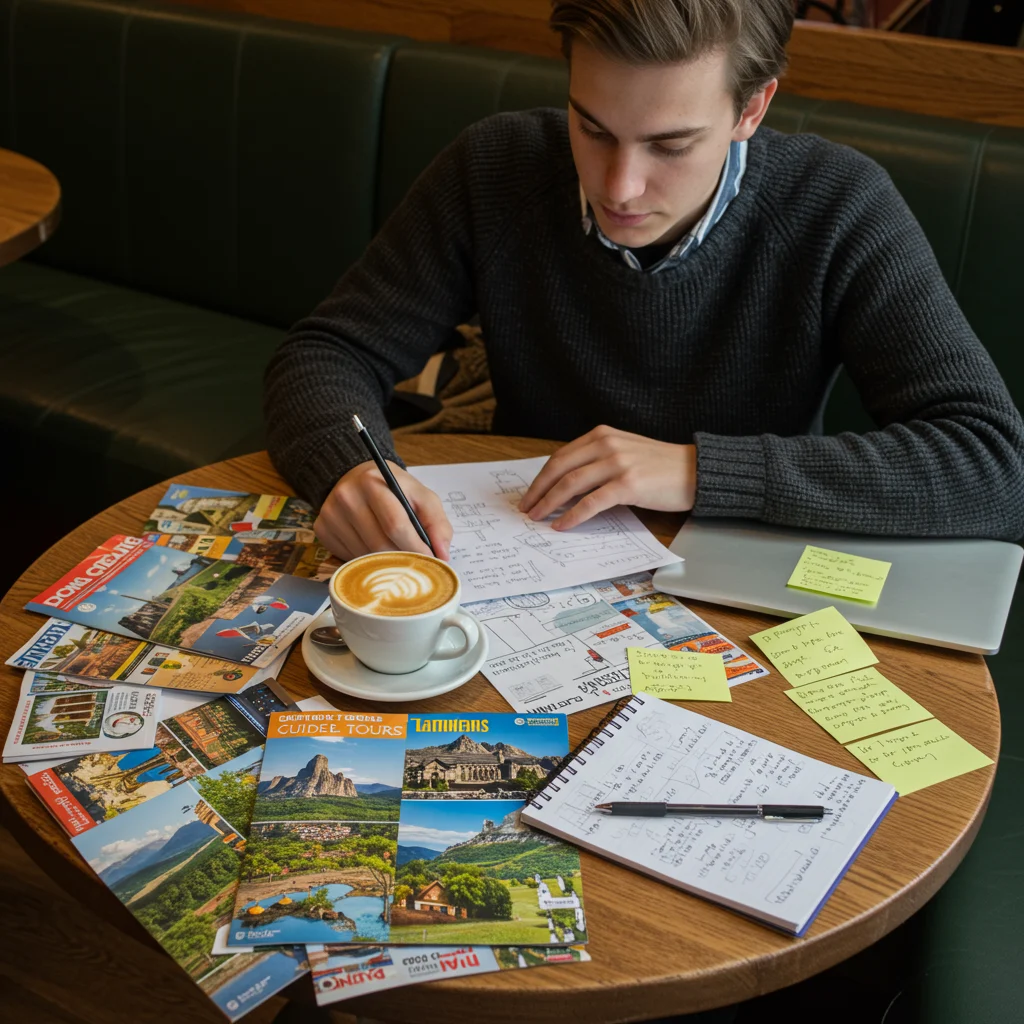
Types of Tours Available from Krakow
You will find a variety of guided tours departing from Krakow, including:
- Standard group tours with transportation and a professional guide
- Private tours for smaller groups or families
- Combined tours that include other sites, such as the Wieliczka Salt Mine
- Self-guided entry with transportation only
For those interested in combining two of Krakow’s most significant sites, we explored options in our post about Auschwitz-Birkenau & Salt Mine day tours.
Private vs. Group Tours: Which Should You Choose?
Group tours are typically more affordable and offer the chance to meet other travelers. Private tours, while pricier, provide flexibility and a more personalized experience. Consider your budget, group size, and preference for interaction when deciding which format best suits your needs.
What’s Included in a Standard Guided Tour?
Most standard tours from Krakow include:
- Round-trip transportation
- Entry tickets to Auschwitz I and Auschwitz II-Birkenau
- Services of a licensed guide
- Headsets for clear audio during the tour
Some packages may also offer hotel pick-up, lunch, or additional stops.
How to Book Your Auschwitz-Birkenau Tour
Booking can be done online through reputable platforms, directly with local agencies, or at hotel concierge desks. We recommend reserving well in advance, especially during peak seasons, to secure your preferred date and time.
Top-Rated Tour Operators and Agencies
Look for agencies with excellent reviews, clear cancellation policies, and certified guides. Many visitors prefer internationally recognized platforms that offer customer support and verified experiences.
Comparing Tour Prices and Packages
Prices vary based on tour type, group size, and included amenities. Group tours typically start from 150–200 PLN per person, while private tours can be significantly higher. Compare inclusions, transportation comfort, and guide credentials before making your choice.
Getting to Auschwitz-Birkenau from Krakow
Understanding transportation options helps set expectations for your journey to Auschwitz-Birkenau. Each mode of travel offers its own advantages for comfort, convenience, and cost.

Transportation Options: Bus, Train, or Car?
Most guided tours provide private minibus or coach transport directly from Krakow. Independent travelers may opt for:
- Public buses from Krakow’s main bus station to Oświęcim
- Trains to Oświęcim, followed by a short local transfer
- Driving or arranging a private car hire
Guided tours simplify logistics and remove the need to coordinate multiple connections.
Hotel Pick-Up and Drop-Off Services
Many operators offer convenient hotel pick-up and drop-off within Krakow city center. This service is particularly helpful for early morning departures and late returns, ensuring a stress-free start and end to your day.
How Long Does the Journey Take?
Expect the drive from Krakow to Auschwitz-Birkenau to take around 1.5 to 2 hours, depending on traffic conditions. Morning departures help avoid congestion and maximize time at the memorial site.
What to Expect During the Drive
The journey from Krakow passes through rolling countryside and small towns, offering glimpses of rural Poland. Many guides use this time to provide historical background or practical information, setting a reflective tone for the visit ahead.
If you’re interested in other scenic routes from Krakow, our article on the Tatra Mountains and Zakopane explores another side of southern Poland’s landscape.
Arrival at Auschwitz: First Impressions
Arriving at Auschwitz-Birkenau is a solemn experience. The quiet atmosphere, combined with the weight of history, encourages visitors to approach the site with reverence and mindfulness.
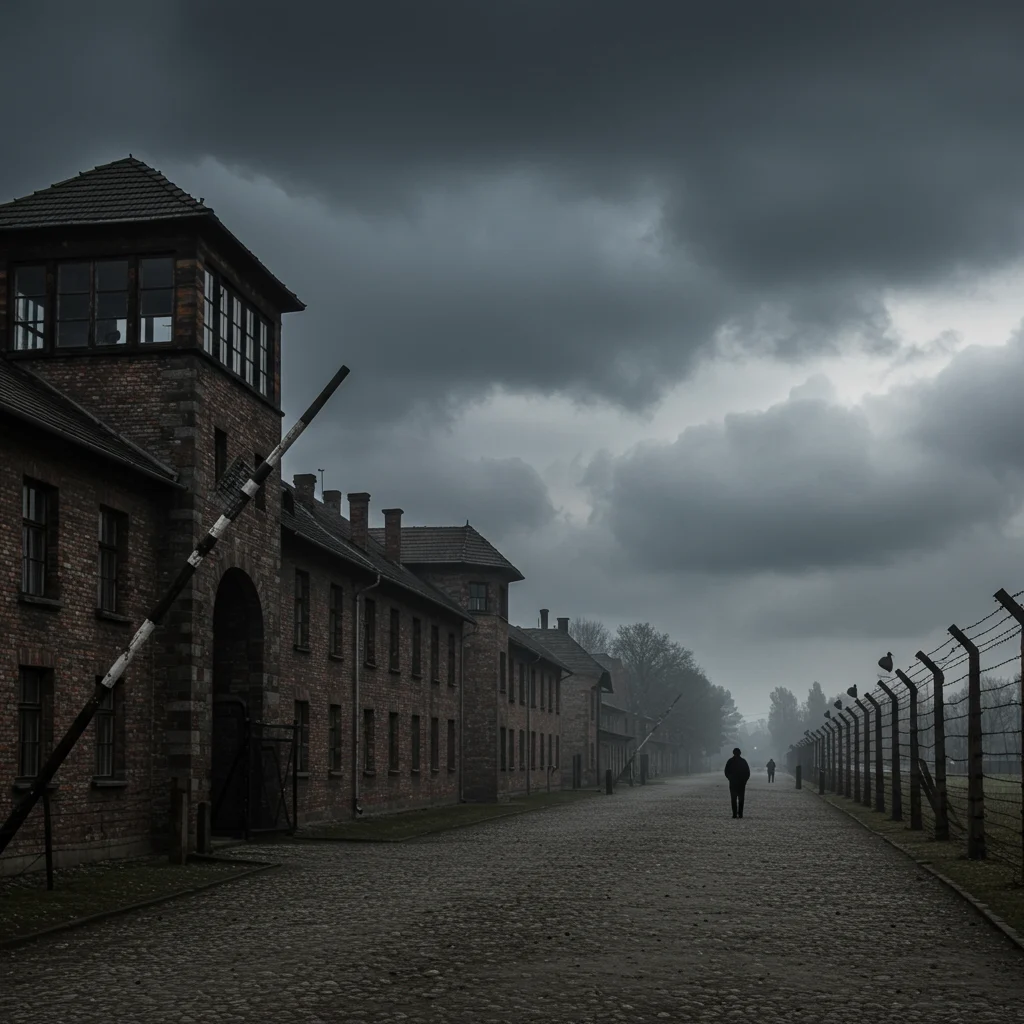
Entry Procedures and Security Checks
All visitors must pass through security screening, similar to airport procedures. Large bags are not permitted, and only small handbags or backpacks are allowed on site. Entry tickets are checked, and guides help organize groups before the tour begins.
Meeting Your Guide and Group
Upon arrival, groups assemble near the entrance, where guides introduce themselves and distribute headsets. This is an opportunity to ask initial questions and receive a brief overview of the visit’s structure.
Facilities and Visitor Services at the Site
The museum offers basic amenities, including restrooms, a small café, and a bookshop. Lockers are available for storing prohibited items. Visitor information desks provide maps and assistance in multiple languages.
The Guided Tour Experience: Step by Step
A guided tour of Auschwitz-Birkenau is structured to help visitors absorb historical facts, personal stories, and the gravity of the site in a logical sequence.
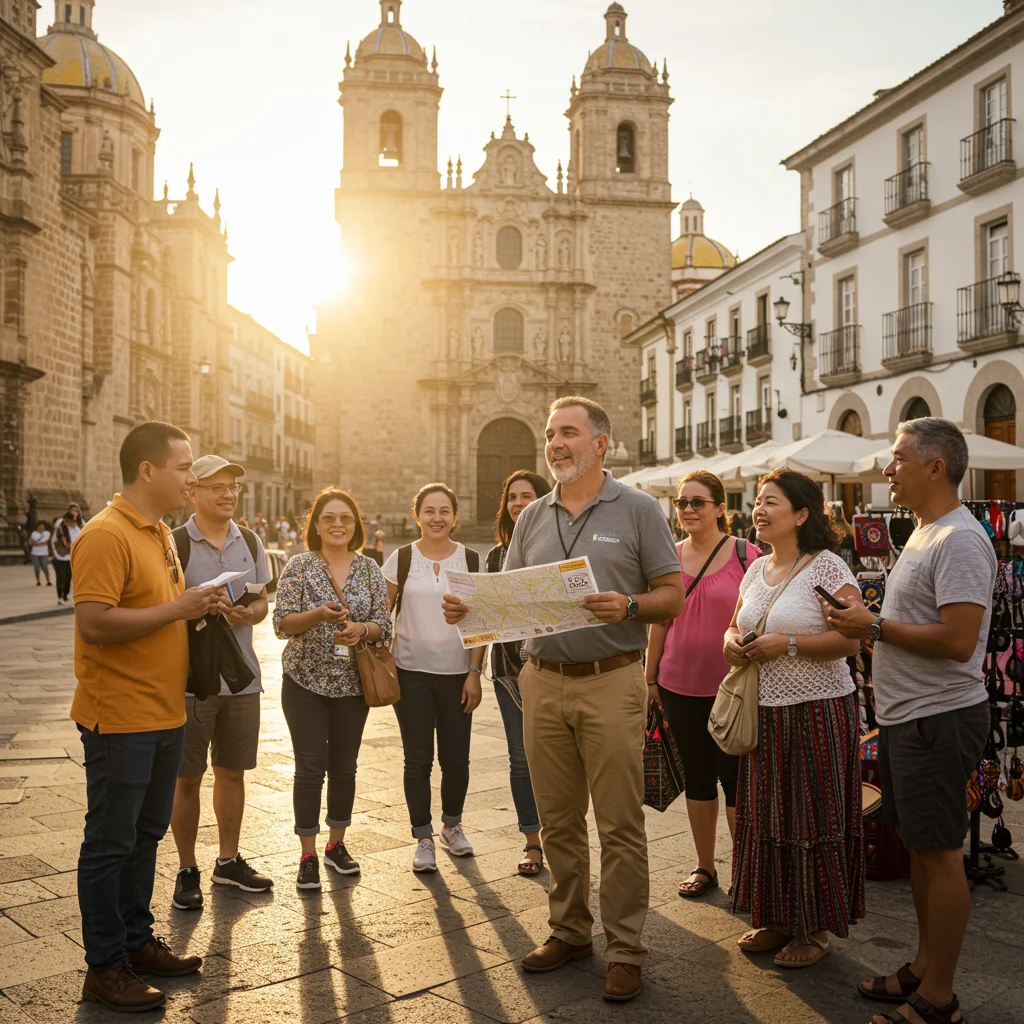
Introduction and Orientation by Your Guide
The tour begins with an orientation, where your guide explains the camp’s layout, historical timeline, and rules for respectful conduct. Guides often highlight the importance of bearing witness and preserving the memory of those who suffered here.
Touring Auschwitz I: Main Camp Highlights
Auschwitz I contains many of the original buildings and exhibits that provide insight into camp life and the horrors endured by prisoners.
Key Exhibits and Memorials in Auschwitz I
Visitors see powerful displays of photographs, documents, and personal effects. Each exhibit is curated to help us understand the daily realities faced by those imprisoned here.
Original Barracks and Prison Blocks
The preserved stone barracks and prison blocks house poignant exhibits detailing the camp’s operations, prisoner conditions, and the systematic dehumanization carried out by the Nazis.
Gas Chambers and Crematoria
One of the most sobering sections is the preserved gas chamber and crematorium, where guides explain the chilling processes used during the Holocaust. The sense of stillness and gravity in these rooms is palpable.
Personal Belongings and Museum Displays
Display cases filled with suitcases, shoes, eyeglasses, and other personal items left behind by victims serve as a haunting reminder of the individuals lost. The sheer scale of these collections is overwhelming.
The ‘Arbeit Macht Frei’ Gate: Symbolism and History
The infamous wrought-iron gate bearing the words “Arbeit Macht Frei” (“Work sets you free”) stands as a stark symbol of Nazi cruelty and deception. Guides explain the gate’s significance and the psychological impact it had on those forced to pass beneath it.
Transition to Auschwitz II-Birkenau
After touring Auschwitz I, visitors are transported a short distance to Birkenau. The open expanse and ruins of this site underscore the industrial scale of the extermination effort.
Touring Auschwitz II-Birkenau: The Extermination Camp
At Birkenau, the magnitude of the Holocaust becomes even more apparent. The vast grounds, remnants of barracks, and destroyed gas chambers evoke a sense of immense loss.
The Railway Ramp and Selection Platform
Guides recount the arrival of prisoners on crowded trains and the selection process that determined their fate. Standing on the platform, surrounded by the silent fields, visitors often feel the heavy presence of history.
Wooden and Brick Barracks
The remains of wooden and brick barracks illustrate the appalling living conditions endured by prisoners. Sparse bunks and crumbling walls tell silent stories of suffering and endurance.
Ruins of Gas Chambers and Crematoria
Destroyed by the Nazis in an effort to conceal evidence, the ruins of the crematoria still reveal the scale and methodical nature of the camp’s operations. Guides describe the events that took place here, often pausing for moments of reflection.
The Memorial and International Monument
The tour concludes at the International Monument, where visitors are invited to pay their respects. Multilingual plaques and a solemn atmosphere encourage contemplation and remembrance.
As experts often say:
“Those who do not remember the past are condemned to repeat it.”
Stories of Survivors and Victims Shared by Guides
Throughout the tour, guides share personal accounts from survivors and victims, bringing a human face to the incomprehensible statistics. These stories add emotional depth and foster empathy, helping us connect with the individuals behind the history.
Photography Rules and Respectful Conduct
Photography is allowed in most areas but prohibited in certain exhibitions, especially where personal belongings are displayed. Visitors are urged to take photos discreetly, avoid group selfies, and maintain a solemn demeanor throughout their time on site.
What Should You Bring on Your Tour?
Preparation will help you focus on the experience itself. Packing thoughtfully ensures comfort and compliance with site regulations.

Dress Code and Weather Considerations
Wear comfortable, respectful clothing and sturdy shoes, as tours involve substantial walking over uneven ground. The weather can be unpredictable—bring layers, a raincoat, or umbrella as needed. In winter, the cold can be biting; gloves and hats are essential.
Food, Water, and Restroom Access
Food and drinks are not permitted inside the memorial areas. Eat beforehand or during scheduled breaks. Carry a refillable water bottle and take advantage of restrooms at the entrance or designated spots during the tour.
Essential Items to Pack
- Passport or identification (required for entry)
- Small bag or backpack
- Water bottle
- Weather-appropriate clothing
- Camera (if desired, respecting rules)
- Tissues or hand sanitizer
Accessibility for Visitors with Disabilities
While efforts have been made to improve accessibility, some areas have uneven terrain or steps. Wheelchair users are advised to consult the museum’s accessibility information in advance and notify their tour provider. Many operators can accommodate special needs with prior notice.
Emotional Impact and How to Prepare
A visit to Auschwitz-Birkenau is emotionally challenging for many. Preparing mentally and emotionally is as important as planning your logistics.
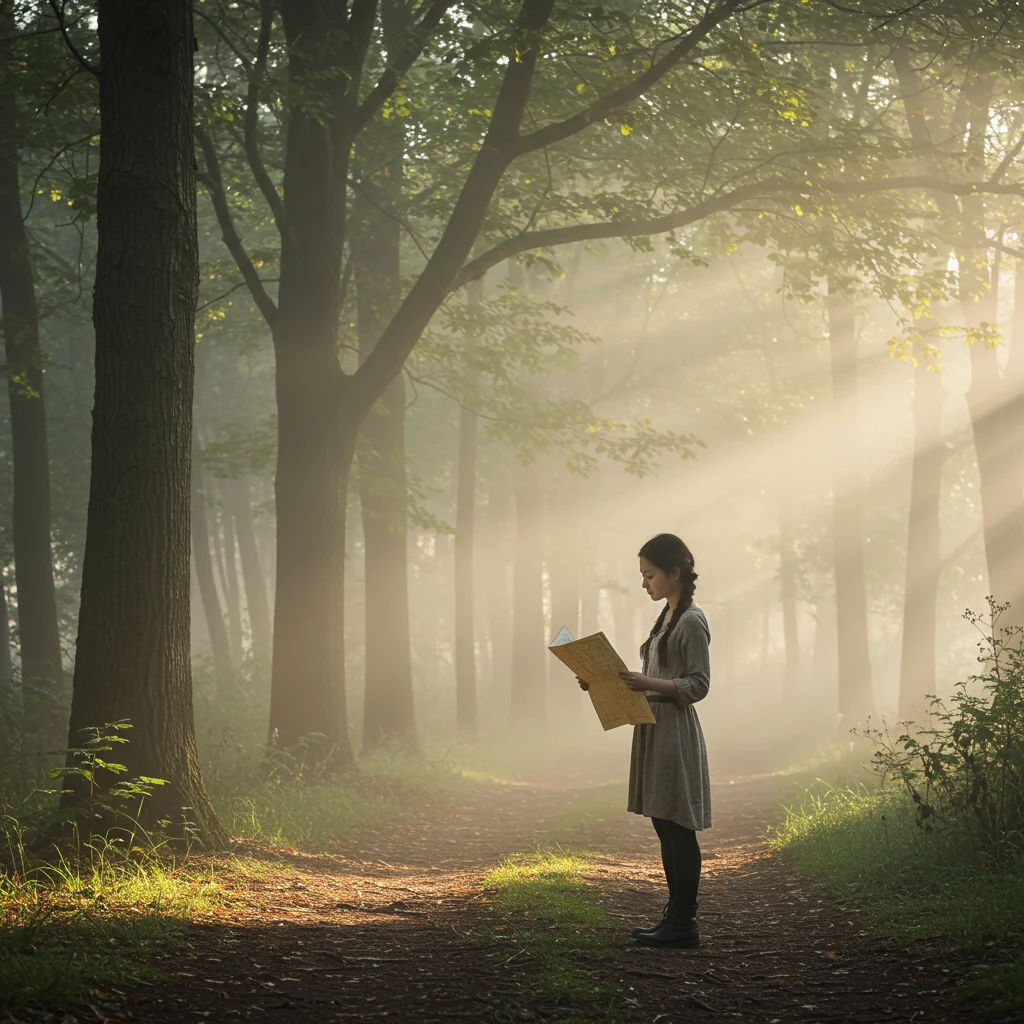
What Emotions Can You Expect During Your Visit?
Visitors often report feelings of sorrow, anger, disbelief, or numbness. The somber environment, combined with the weight of history, can be overwhelming. It is natural to feel a range of emotions—give yourself permission to process these feelings in your own way and time.
How to Support Children and Sensitive Visitors
For families or sensitive individuals, discuss the nature of the visit beforehand. Consider bringing age-appropriate educational materials, and be prepared to step outside for breaks if needed. Honest, gentle conversations can help younger visitors understand the importance of remembrance.
Where to Find Support and Counseling Resources
The museum provides information on support services for those affected by the experience. Many guides are trained to offer assistance or direct visitors to counseling resources. Don’t hesitate to seek support if you find the visit emotionally taxing.
After the Tour: Reflecting on the Experience
The impact of a visit to Auschwitz-Birkenau often lingers long after leaving the site. Taking time to reflect, research, and share your experience can deepen your understanding and honor the memory of victims.
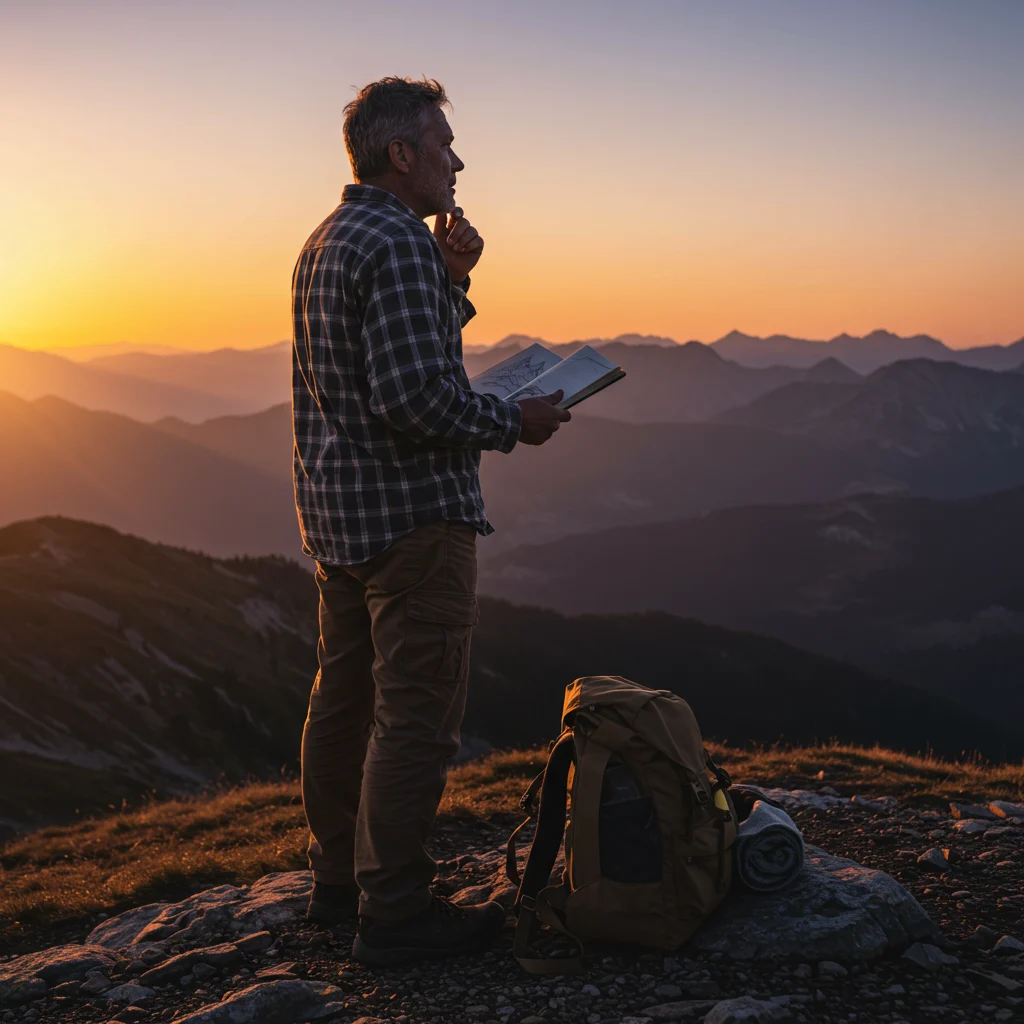
Recommended Books and Documentaries for Further Learning
Expand your knowledge with reputable resources such as:
- “Night” by Elie Wiesel
- “Man’s Search for Meaning” by Viktor Frankl
- “Auschwitz: A Doctor’s Eyewitness Account” by Miklós Nyiszli
- Documentaries like “Shoah” and “Auschwitz: The Nazis and ‘The Final Solution’”
Visiting the Auschwitz Museum Bookshop
The on-site bookshop offers a curated selection of books, films, and educational materials in multiple languages. Purchasing from the museum supports its work in preservation and education.
How to Honor the Memory of Victims
Many visitors feel called to share their experiences, support educational initiatives, or participate in remembrance events. Even small acts, such as lighting a candle or sharing survivor stories, help keep the memory alive. If you wish to combine this visit with other meaningful sites, our post on Krakow’s essential day tours offers further inspiration.
Frequently Asked Questions About Auschwitz Tours
Many practical questions arise when planning a visit to Auschwitz-Birkenau. Below, we address some of the most common concerns.
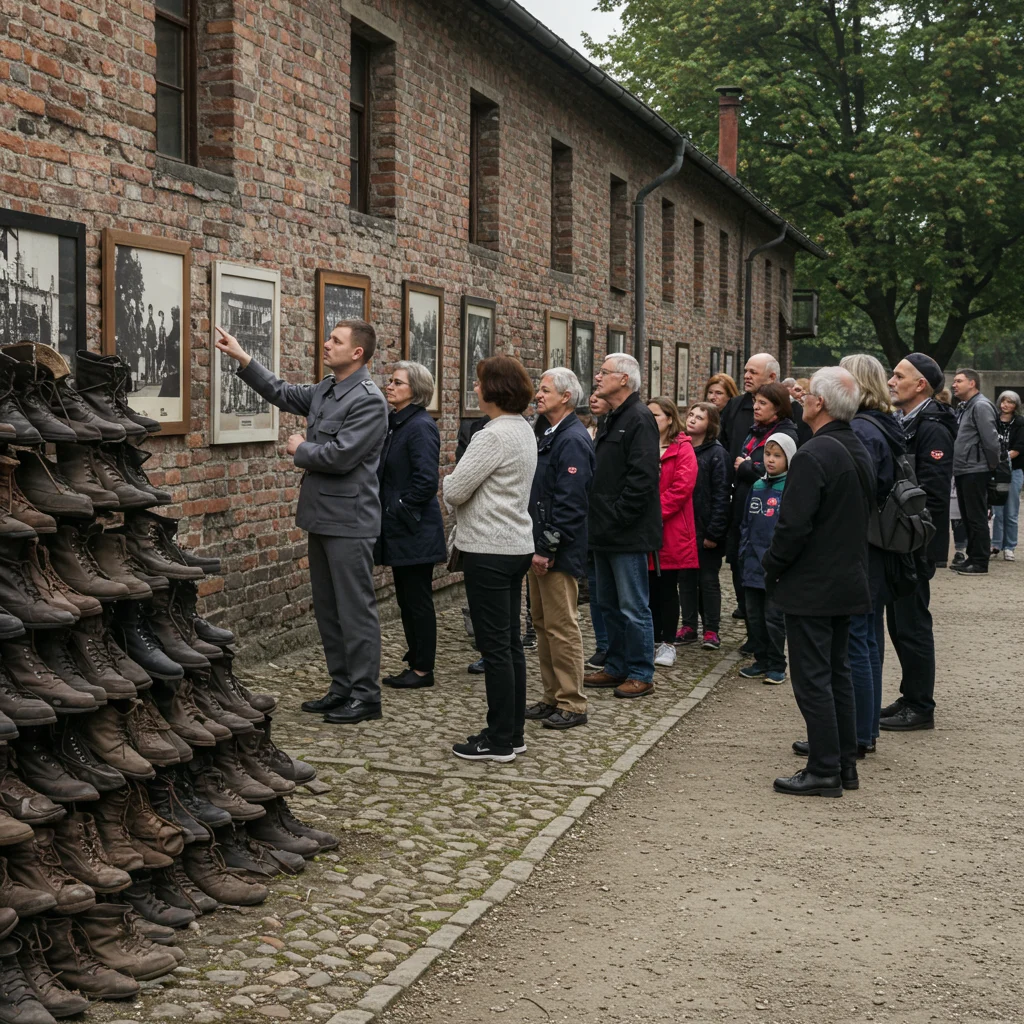
Is It Appropriate to Take Photos at Auschwitz?
Photography is allowed in most outdoor areas, but please refrain from taking photos in sensitive exhibition rooms. Always prioritize respect over documentation, and avoid disruptive poses or group photos.
Can You Visit Without a Guide?
It is possible to visit independently, but guided tours offer essential context and access to restricted areas. We strongly recommend joining a guided group, especially for first-time visitors.
Are There Any Food Options Nearby?
There is a modest café near the entrance, as well as several restaurants in the town of Oświęcim. Plan to eat before or after your visit, as food is not permitted within the memorial areas.
What Languages Are Tours Available In?
Guided tours are offered in a variety of languages, including English, Polish, German, French, Spanish, and Italian. When booking, confirm your preferred language with the tour operator.
Tips for Making the Most of Your Visit
Approaching your visit thoughtfully will help you gain the most from this profound experience while honoring the site’s significance.
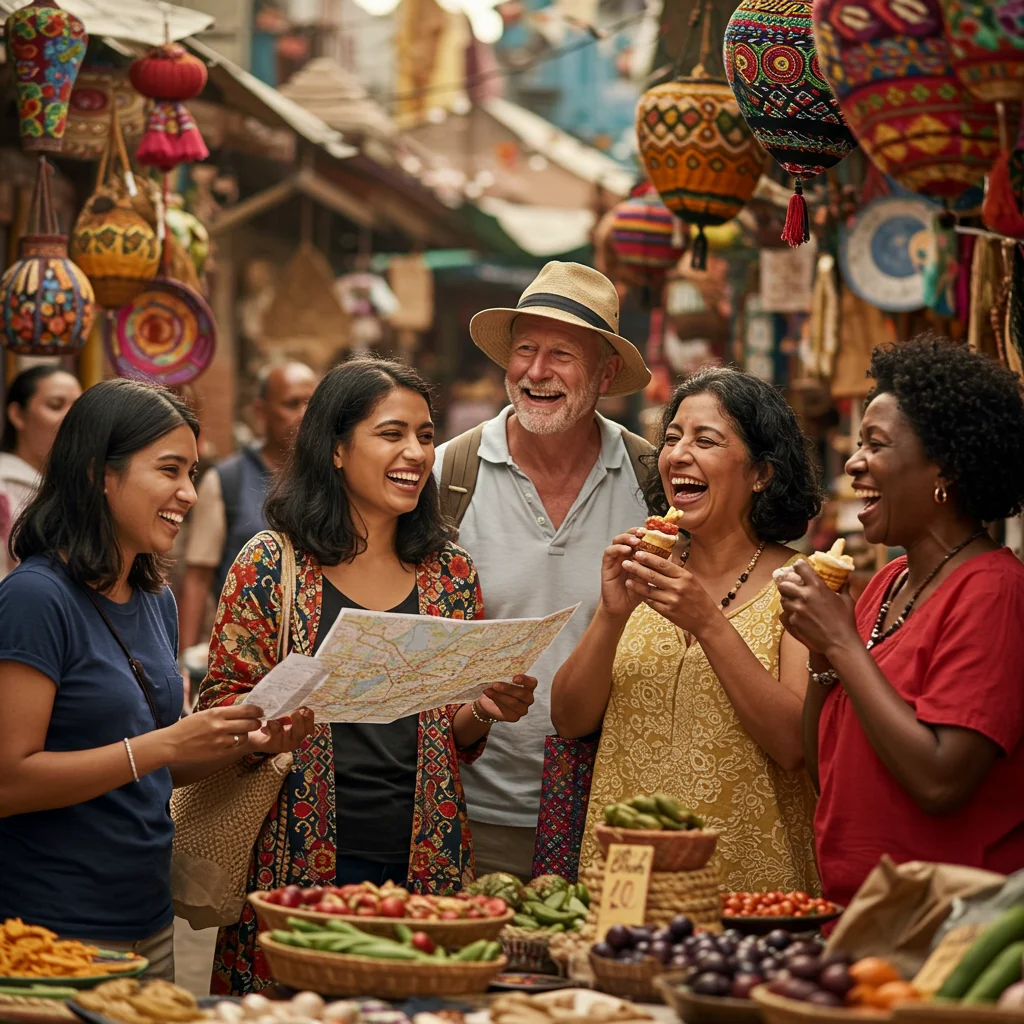
How to Be a Respectful Visitor
- Keep conversations quiet and subdued
- Dress modestly and appropriately
- Avoid eating, drinking, or smoking within the site
- Follow all instructions from guides and staff
Best Ways to Remember and Share Your Experience
After your visit, reflect on what you learned and share your insights with others. Writing, discussing, or supporting Holocaust education initiatives helps extend the impact of your experience. For those inspired to see more, our article on combining Auschwitz and the Salt Mine in one day offers additional ideas for meaningful travel in Krakow.
Combining Auschwitz with Other Krakow Attractions
Many visitors wish to make the most of their time in Krakow by pairing Auschwitz-Birkenau with other attractions. With careful planning, it is possible to create a well-rounded and educational itinerary.
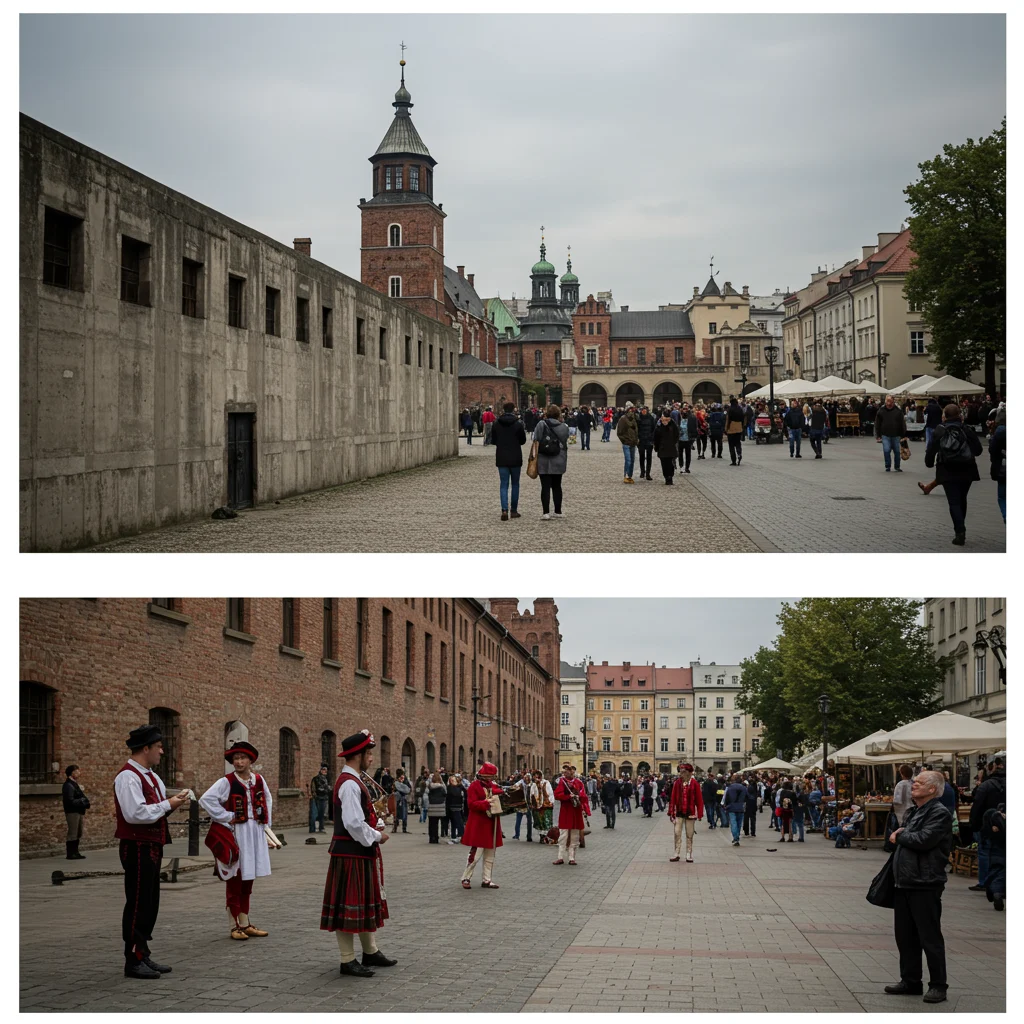
Popular Day Trip Itineraries from Krakow
Popular options include combining a morning visit to Auschwitz-Birkenau with an afternoon tour of the Wieliczka Salt Mine or exploring Krakow’s historic center. Many operators offer combined packages for convenience.
Other Holocaust Memorial Sites Near Krakow
Additional sites of remembrance include the Schindler’s Factory museum, Plaszów concentration camp, and the Galicia Jewish Museum. These locations further enrich your understanding of Krakow’s World War II history.
How to Book on Viator
Securing your Auschwitz-Birkenau tour is straightforward with Viator, a trusted platform for booking activities and tours worldwide. To reserve your guided visit, simply plan your trip on Viator.

Viator allows you to compare tour options, read verified reviews, and choose the package that best matches your preferences. You can also book combined itineraries or add hotel pick-up services for extra convenience. For peace of mind and smooth organization, find tours on Viator well in advance of your travel date.
Conclusion: The Importance of Bearing Witness
A visit to Auschwitz-Birkenau is a sobering yet essential journey for anyone seeking to understand the depths of human history and the importance of remembrance. By witnessing the site firsthand, we honor the memory of those lost and carry forward the lessons of the past.
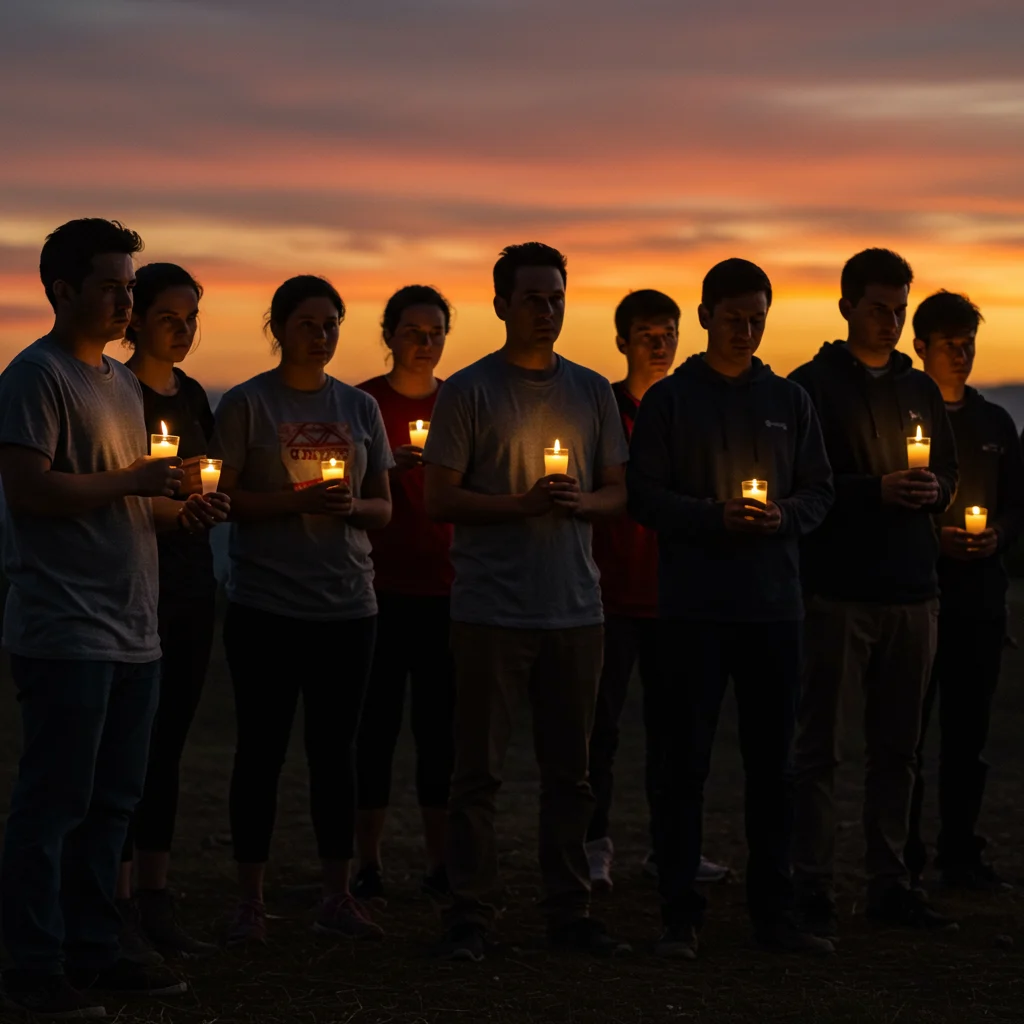
At Izase, we believe that thoughtful, respectful travel has the power to educate and inspire. For more resources and expert guidance, visit Izase.
Disclaimer: This information is accurate to the best of our knowledge; however, there may be changes or mistakes. Please verify exact details on the Viator booking page.


